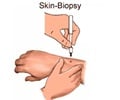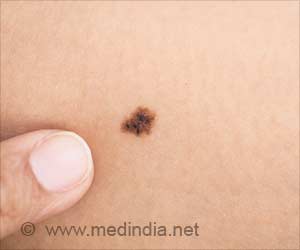A new study by Loyola University Health System researchers has revealed how sunlight causes skin cells to turn cancerous, which could lead to alternative treatments.
According to the researchers, the discovery could lead to alternative treatments that would shrink skin cancer tumors with drugs.Senior author Mitchell Denning said that the drugs would work by turning on a gene that prevents skin cells from becoming cancerous.
In the new study, researchers examined a type of skin cancer, called squamous cell carcinoma.
Squamous cell carcinoma begins in the upper part of the epidermis, the top layer of the skin. Most cases develop on areas that receive lots of sun, such as the face, ear, neck, lips and backs of hands.
There are various surgical treatments, including simple excision, curettage and electrodessication (scraping with a surgical tool and treating with an electric needle) and cryosurgery (freezing with liquid nitrogen).
Removing large skin cancers can require skin grafts and be disfiguring.
Advertisement
Healthy cells grow and divide in a cell-division cycle. At several checkpoints in this cycle, the cell stops to repair damaged DNA before progressing to the next step in the cycle.
Advertisement
The cell proceeds to divide without first stopping to repair its DNA, thus producing daughter tumor cells.
Denning said a class of drugs called protein kinase inhibitors potentially could shrink tumors by turning the PKC gene back on.
The study was published Jan. 15, 2010 in the Journal of Biological Chemistry.
Source-ANI
TRI















